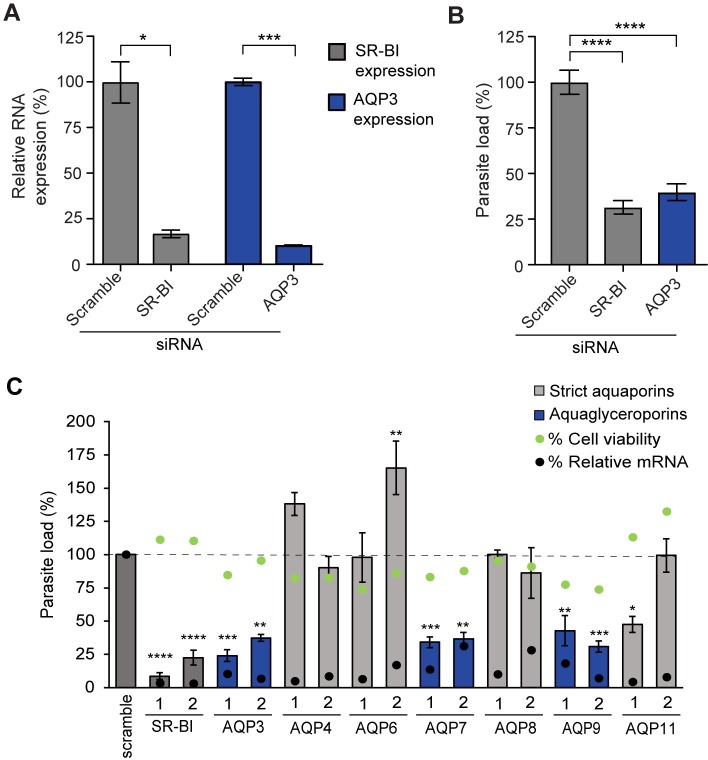Fig 3. Depletion of aquaglyceroporins reduces parasite load in P. berghei infected HuH7 cells.
(A) Relative mRNA expression of cells that were targeted by pooled AQP3 or SR-BI siRNAs at 50 nM. Reverse transfection of HuH7 cells by two siRNAs targeting AQP3 led to a 90% decrease in AQP3 mRNA transcripts (p = 0.005, unpaired Student’s t-test; n = 3 independent experiments), similar to the 86% efficiency in depletion of SR-BI, the positive control (p = 0.0186, unpaired Student’s t-test; n = 3 independent experiments). Genes were normalized to Hs18S RNA expression and compared to cells treated with non-targeting scrambled siRNAs. (B) siRNA depletion of AQP3 and SR-BI mRNA decreased parasite load by 60% and 68%, respectively, as measured by luminescence 48 hpi (p < 0.0001, One-way ANOVA, Dunnett’s multiple comparison test; n = 3 independent experiments). (C) siRNA depletion of all aquaporins expressed in hepatocytes, normalized to cells treated with non-targeting scramble siRNA. Bars represent the parasite load of cells treated with control siRNAs (dark grey), siRNAs targeting aquaglyceroporins (blue), and siRNAs targeting orthodox aquaporins (light grey) (One-way ANOVA, Dunnett’s multiple test comparison; n = 3–4 independent experiments). Green dots represent cell viability of these cells 48 hpi. Black dots represent the percent reduction in mRNA for the targeted genes as quantified by qRT-PCR 48 hours post transfection from one biological replicate. mRNA depletion of all aquaglyceroporins led to a significant reduction in P. berghei parasite load. A single siRNA targeting AQP11, an orthodox aquaporin, reduced the parasite load significantly. *p < 0.05, **p < 0.01, ***p < 0.001, ****p < 0.0001.

